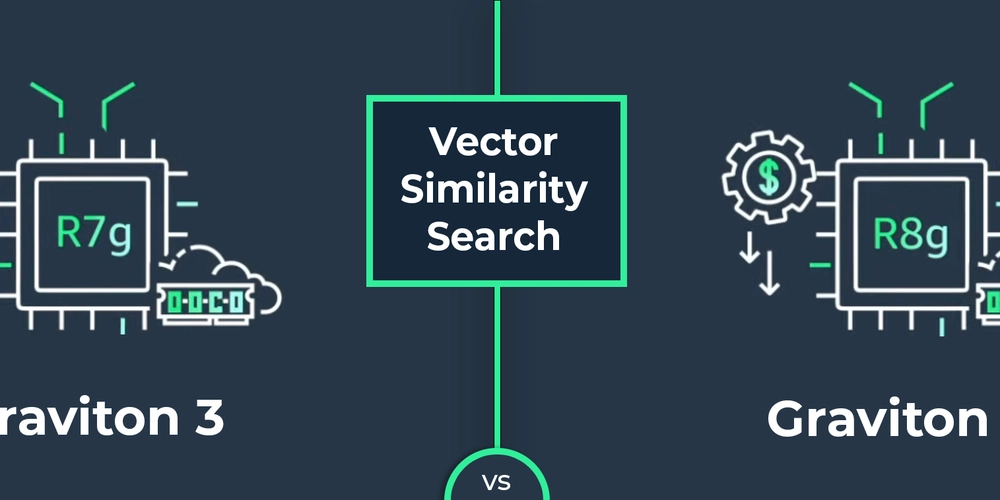Dev
4w
404

Image Credit: Dev
AWS Graviton 3 > Graviton 4 for Vector Similarity Search
- AWS Graviton 3 outperforms Graviton 4 in vector similarity search scenarios, delivering better performance and cost efficiency.
- Graviton4 has a smaller SVE SIMD register size of 128 bits compared to Graviton3's 256 bits, affecting vector search performance.
- The difference in SIMD register width impacts the efficiency of distance calculations in vector similarity search.
- Execution throughput comparisons between Graviton3 and Graviton4 show advantages for Graviton3 in loading data efficiently.
- Latencies in the CPUs are similar, but Graviton4 incurs a higher latency cost due to the smaller register width.
- Benchmarks reveal that Graviton3 performs better in various vector search scenarios, including IVF and HNSW indexes.
- Raw distance calculations demonstrate Graviton4's superiority with NEON kernels but show Graviton3's advantage with SVE kernels.
- The regression in SVE register width for Graviton4 raises questions about the trade-offs in microarchitecture design choice.
- Choosing the right microarchitecture for vector search use cases can significantly impact performance and cost efficiency.
- The decision to use Graviton 3 over Graviton 4 for vector search tasks with SVE support is recommended for better performance.
- In conclusion, careful evaluation based on benchmarks and specific use case requirements is crucial for selecting the optimal microarchitecture.
Read Full Article
24 Likes
For uninterrupted reading, download the app